— Trusted Since 1969 —
— Trusted Since 1969 —
Are you familiar with the wastewater regulation in Queensland? It’s not just about following rules; it’s about safeguarding public health, protecting the environment, and ensuring operational efficiency. Wastewater regulation forms the backbone of responsible treatment practices.
Let’s learn all the wastewater-related regulations and explore why compliance is not just a choice but a necessity.
Following wastewater regulations is essential for several key reasons:
Wastewater is any water that has been used and is no longer clean. It comes from various sources, including homes, businesses, and industries. Common types of wastewater include sewage, which comes from toilets, sinks, and showers, and industrial wastewater, which comes from factories and processing plants.
Wastewater contains many pollutants, such as human waste, food scraps, oils, soaps, and chemicals. Because of these contaminants, wastewater needs proper treatment before being reused or released into the environment.
Wastewater regulation in Australia ensures the protection of public health and the environment. Here are general guidelines that outline the regulatory framework and standards:
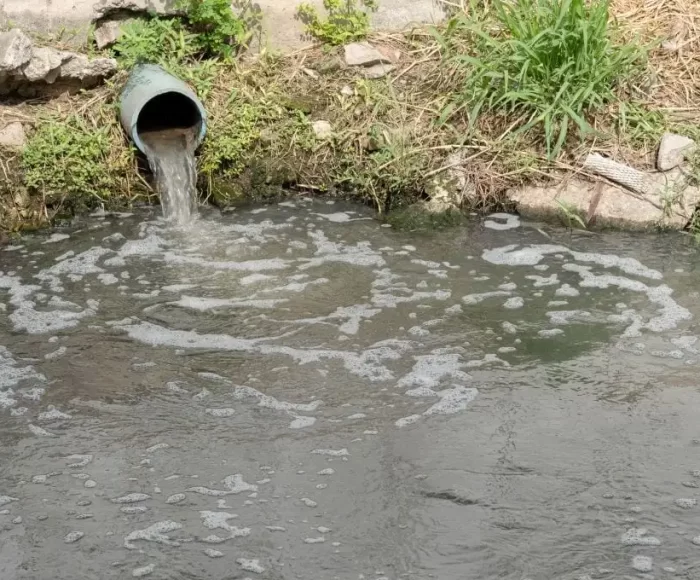
Compliance with regulations outlined in the Queensland Plumbing and Wastewater Code.
Protection of public health, environment, and amenity.
Effluent quality criteria compliance
Methods to reduce viruses and bacteria in effluent.
Compliance with AS/NZS 1547 standards.
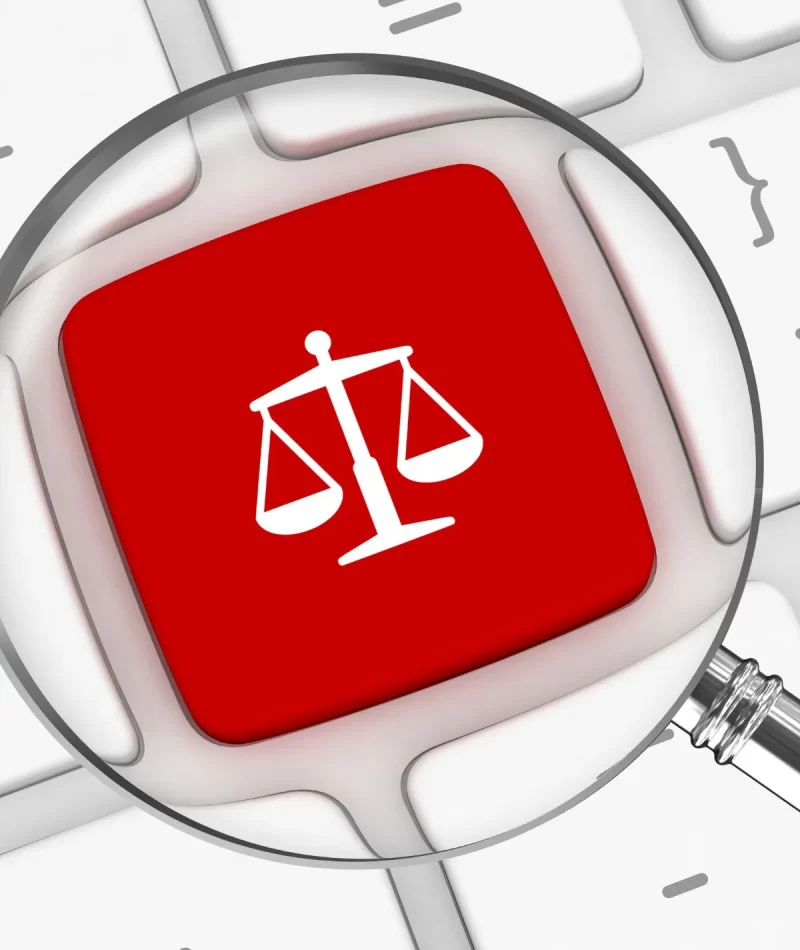
Rainwater falls from the sky as part of the Earth’s natural water cycle. It’s a clean and renewable resource collected from roofs and other surfaces when it rains. This collected rainwater can be stored in tanks and used for various purposes, such as gardening, flushing toilets, washing clothes, and even drinking, if properly treated.
Rainwater is an excellent way to conserve and reduce reliance on mains water supplies. It’s especially useful in areas prone to droughts or with limited access to fresh water. Collecting and using rainwater helps reduce water bills and lessens the strain on local water resources.
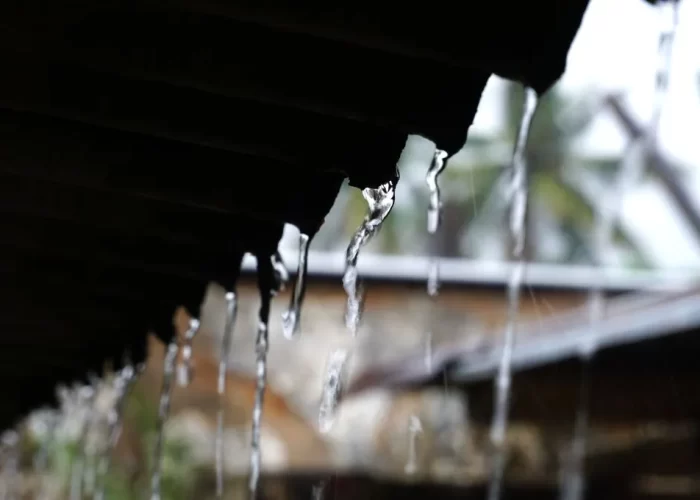
In Australia, the regulation and guidelines for rainwater tanks are established through a combination of federal, state, and local government policies to ensure the safe collection, storage, and use of rainwater.
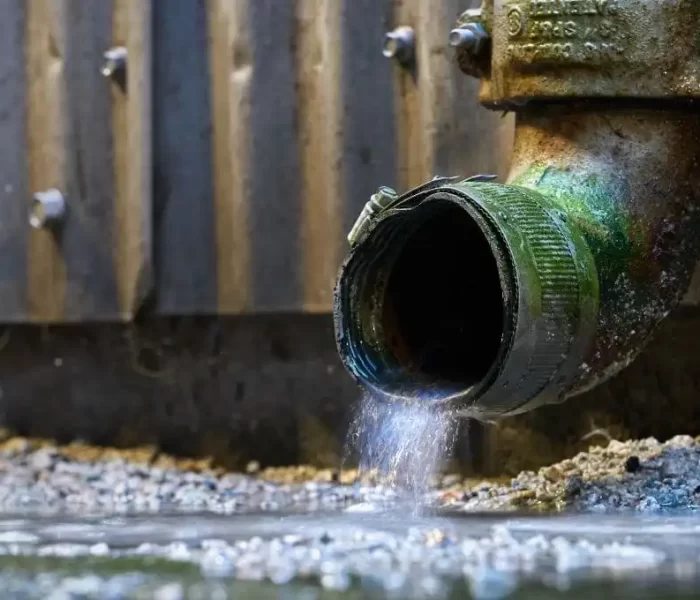
Administer and enforce regulations regarding mosquito breeding prevention. They conduct investigations, inspections, and audits to monitor compliance and educate homeowners.
Manufacturers, wholesalers, and installers must comply with the Public Health Regulation 2005. This regulation mandates that rainwater tanks have mosquito-proof screens or flap valves and are not constructed of lead.
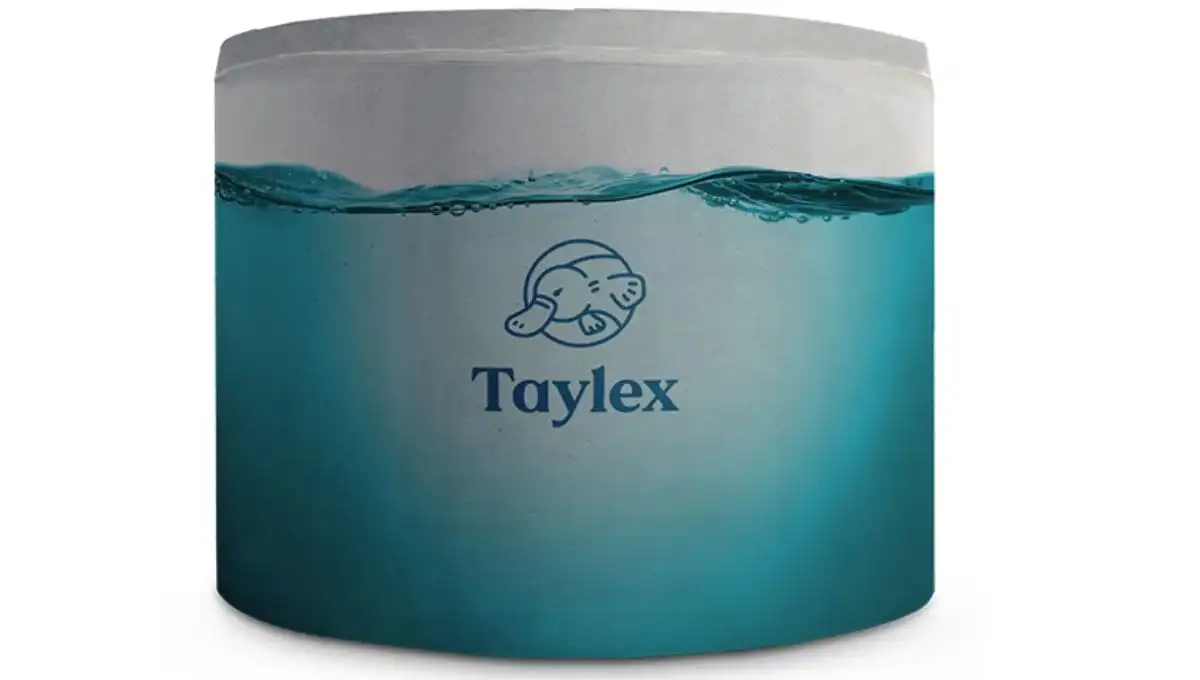
This act prohibits the use of lead in water collection systems and outlines the responsibilities of maintaining water quality to ensure public health.
Details requirements for rainwater tanks to prevent mosquito breeding, ensuring public health safety.
Provides building information relevant to rainwater tanks and plumbing, contributing to structural integrity and compliance.
Governs plumbing associated with rainwater tanks, ensuring proper installation and function.
Manages planning at local, regional, and state levels, contributing to ecological sustainability, including rainwater harvesting.
Defines requirements for water used in food businesses, including rainwater tanks, to ensure food safety.
Greywater refers to wastewater from household activities such as bathing, laundry, and dishwashing. Unlike blackwater from toilets, greywater does not contain human waste and can be relatively clean if properly treated. Greywater can be reused for non-potable purposes, such as watering plants, flushing toilets, and cleaning.
Greywater recycling is an effective way to conserve water and reduce reliance on mains water supplies. By treating and reusing greywater, households can significantly reduce their water usage and environmental impact.
Detailed performance criteria ensure the protection of public health, environmental integrity, and facility functionality. Compliance with acceptable solutions and standards is essential for greywater use facilities.
Effluent quality requirements vary based on potential end uses, with specific parameters outlined in the Queensland Plumbing and Wastewater Code. Compliance ensures the suitability of greywater for intended applications.
Greywater use facilities must be positioned within property boundaries and come under the daily control of occupants. Disinfection methods, including chlorination and ultraviolet radiation, ensure compliance with effluent quality criteria.
Greywater systems must comply with the QPW Code determining setback distances and system capacity requirements. Design considerations include proximity to living areas, setback distances, and capacity to manage effluent volume in the designated land area. Additionally, as mandated by AS/NZS 1547, a site-and-soil evaluation is crucial for site-specific data collection to inform system design.
Land application systems must follow the setback distances outlined in Acceptable Solution A1, detailed in the QPW Code appendices. Setback distances, determined by the regulatory authority, ensure compliance with code regulations while considering environmental suitability and appropriate facility types.
As of January 1, 2008, all new multi-unit developments and certain non-residential premises must install sub-meters, as per the QPW Code. Sub-meters facilitate accurate billing and water usage monitoring, and their placement ensures accessibility from common or public areas.
The chief executive approval is required for on-site sewage treatment plants serving less than 21 equivalent persons or greywater treatment plants treating less than 50 kilolitres daily. Approval is contingent upon meeting performance criteria outlined in the code and providing necessary documentation, including testing by accredited agencies.
Compliance with these guidelines is monitored by local councils under the Act. Councils assess plans for compliance permit applications, ensuring adherence to metering requirements and system specifications. Plumbing inspectors collaborate with water service providers to facilitate information exchange and compliance assessments.
Understanding and following wastewater regulations is important for safeguarding public health, protecting the environment, ensuring legal compliance, and maintaining operational efficiency. Proper treatment and management of wastewater, rainwater, and greywater are essential for sustainable water use and conservation efforts.
As a company specialising in wastewater treatment systems and upgrades for existing septic systems, Taylex is committed to helping individuals and businesses meet these regulatory requirements. Our solutions align with the outlined guidelines, offering reliable and efficient systems that ensure compliance and contribute to environmental sustainability and resource conservation. With our expertise in the field, Taylex strives to provide innovative solutions that prioritise safety, efficiency, and environmental responsibility in wastewater management.
Australia manages sewage through a centralised system in urban areas and decentralised systems in rural and remote regions. In urban areas, sewage is collected through sewerage networks and transported to treatment plants for purification before being discharged into waterways or reused for non-potable purposes. Decentralised systems utilise on-site sewage treatment facilities, such as septic tanks, to treat wastewater locally before disposal or reuse.
Wastewater refers to any water that contains impurities, including domestic, industrial, or agricultural water. Sewage refers to wastewater containing human excreta and urine, often from toilets and water from sinks, showers, and washing machines.
Preventing sewage and wastewater contamination involves:
Sewage bacteria can be killed through disinfection in sewage treatment plants, such as chlorination, ozonation, and ultraviolet (UV) radiation. These methods effectively destroy or deactivate bacteria, viruses, and other pathogens present in sewage, making the treated effluent safer for discharge or reuse.
Wastewater can have various disease-causing microorganisms, including bacteria, viruses, and parasites. These could lead to waterborne illnesses such as gastroenteritis, cholera, typhoid fever, hepatitis, and dysentery.